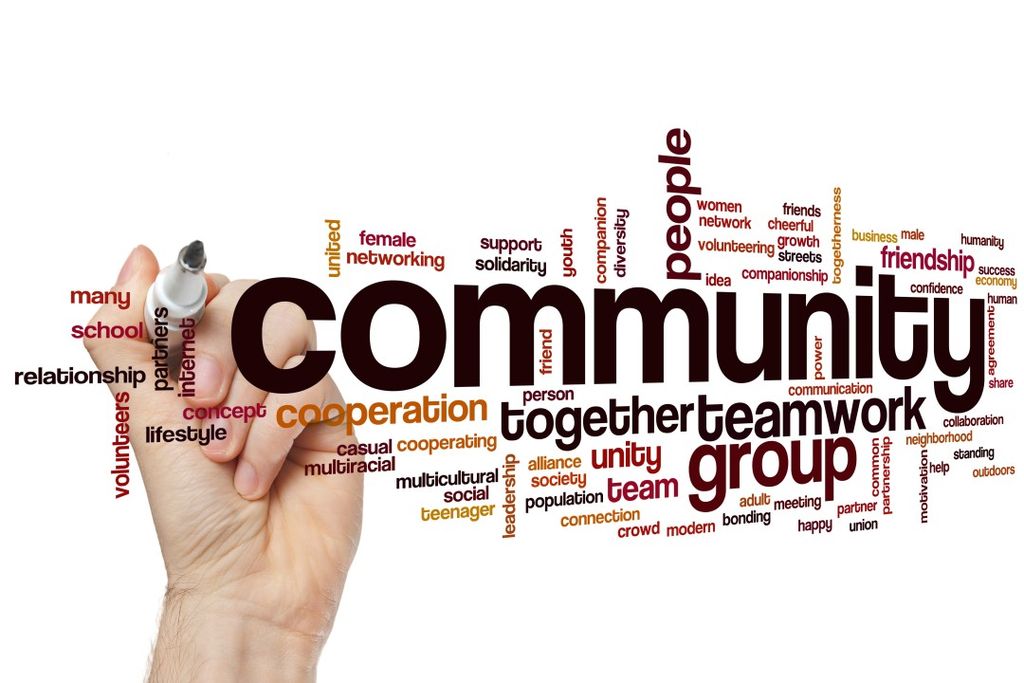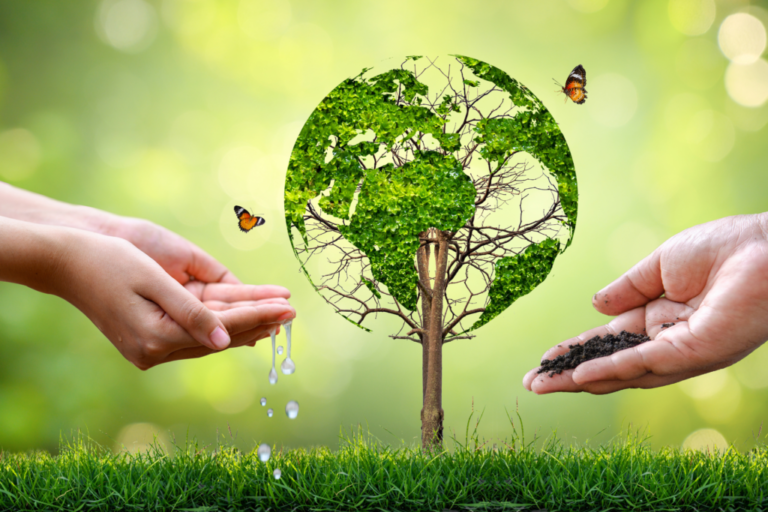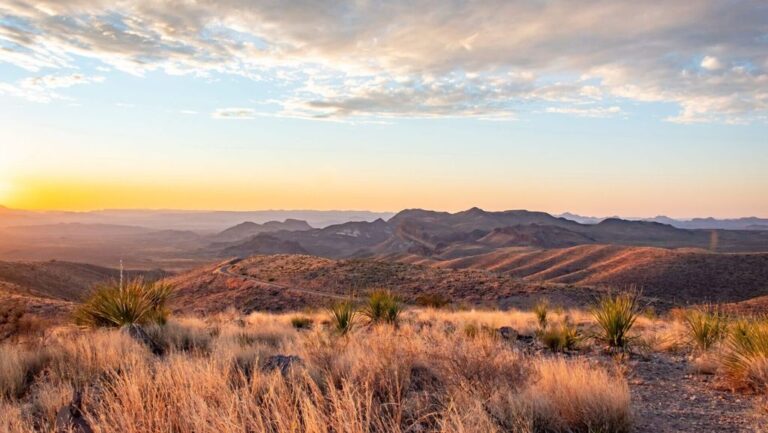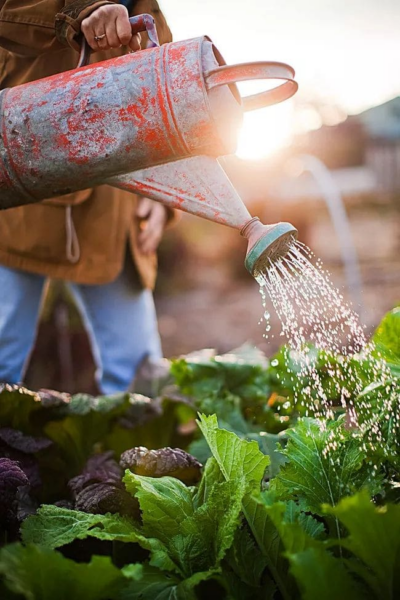Prominent Social and Environmental Programs in Texas Communities
Introduction
Texas, the Lone Star State, is a land of diversity and opportunity. From its bustling urban hubs to its serene rural landscapes, Texas is a microcosm of cultural richness, economic dynamism, and natural beauty. However, with such diversity comes the responsibility of addressing wide-ranging social and environmental challenges. Over the years, Texas has implemented a variety of programs aimed at improving the lives of its residents and preserving its natural environment. These initiatives range from empowering vulnerable populations to tackling pressing environmental issues like water scarcity, habitat degradation, and urban pollution.
In this comprehensive article, we will explore the most prominent social and environmental programs in Texas communities. By analyzing their goals, activities, and long-term impact, we aim to shed light on how these initiatives are driving positive change across the state. Whether you’re a Texan looking to get involved or simply curious about the innovative approaches being taken in Texas, this guide will provide valuable insights.
1. Social Programs That Empower Communities

Social programs in Texas address critical issues such as poverty, unemployment, healthcare access, and education. These initiatives are vital for ensuring that every Texan has the opportunity to thrive, regardless of their socioeconomic background.
1.1 Texas Health and Human Services (HHS)
The Texas Health and Human Services Commission (HHSC) is the backbone of the state’s social welfare system. It provides a range of essential services designed to improve the quality of life for millions of Texans. Key programs include:
a. Supplemental Nutrition Assistance Program (SNAP)
- Assists low-income families by providing monthly benefits to purchase nutritious food.
- Helps alleviate hunger, especially in rural and underserved areas.
b. Medicaid and Children’s Health Insurance Program (CHIP)
- Provides affordable healthcare coverage to millions, including children, pregnant women, and individuals with disabilities.
- Ensures that vulnerable populations have access to essential medical services.
c. Behavioral Health Services
- Focuses on mental health and substance abuse treatment.
- Expands access to crisis intervention services, particularly in communities with limited resources.
These programs not only address immediate needs but also foster long-term stability for individuals and families.
1.2 Workforce Solutions: Building a Skilled Texas
Unemployment and underemployment are significant barriers to economic stability for many Texans. Workforce Solutions programs tackle these issues head-on by:
a. Skill Development Training
- Offers certifications and training in high-demand industries like healthcare, technology, and construction.
- Partners with community colleges and vocational schools to enhance accessibility.
b. Career Placement Services
- Connects job seekers with employers, ensuring that the workforce aligns with market demands.
- Provides resume workshops, interview training, and job fairs.
c. Special Initiatives for Veterans and Disabled Individuals
- Dedicated services help these groups integrate into the workforce, ensuring inclusivity.
Workforce Solutions has a measurable impact on local economies by creating a pipeline of skilled workers and reducing unemployment rates.
1.3 United Way of Texas: Transforming Lives Through Collaboration
The United Way of Texas operates a wide network of programs that focus on the most pressing social challenges. Key areas of impact include:
a. Early Childhood Education
- Programs like Born Learning help parents and caregivers prepare young children for academic success.
- Focuses on improving literacy rates and reducing the achievement gap in low-income communities.
b. Financial Stability Initiatives
- Teaches financial literacy through workshops on budgeting, saving, and managing debt.
- Helps families achieve long-term economic self-sufficiency.
c. Health Programs
- Collaborates with local clinics and hospitals to provide affordable healthcare options.
- Supports campaigns to combat chronic diseases like diabetes and heart disease.
United Way’s community-focused approach ensures that resources are effectively allocated where they’re needed most.
2. Environmental Programs Driving Sustainability

Texas faces significant environmental challenges, from urbanization and industrialization to climate change and natural disasters. Environmental programs in the state are tackling these issues with innovative solutions aimed at creating a sustainable future.
2.1 Texas Parks and Wildlife Department (TPWD): Guardians of Nature
The Texas Parks and Wildlife Department (TPWD) is a cornerstone of environmental conservation in the state. Key initiatives include:
a. Wildlife Conservation
- Protects endangered species such as the Texas horned lizard and Kemp’s ridley sea turtle.
- Manages habitats in over 90 state parks and wildlife reserves.
b. Outdoor Recreation Programs
- Encourages Texans to engage with nature through hiking, camping, and fishing.
- Hosts educational programs to promote conservation awareness.
c. Restoration Projects
- Works on habitat restoration in critical areas like wetlands, grasslands, and forests.
- Partners with local communities to implement sustainable land-use practices.
TPWD’s efforts ensure that Texas’ natural beauty and biodiversity are preserved for future generations.
2.2 Keep Texas Beautiful (KTB): A Cleaner, Greener Texas
Keep Texas Beautiful (KTB) is a nonprofit organization dedicated to maintaining the state’s aesthetic and environmental health. Signature programs include:
a. Don’t Mess with Texas Campaign
- A statewide anti-littering initiative that educates residents on the environmental and economic costs of litter.
- Engages celebrities and influencers to amplify the message.
b. Great Texas Cleanup
- Mobilizes thousands of volunteers annually to remove trash from parks, beaches, and urban areas.
- Enhances community pride while addressing pollution.
c. Recycling and Waste Reduction Programs
- Promotes community recycling initiatives and educates residents on sustainable waste management.
KTB’s grassroots approach empowers local communities to take responsibility for their environment.
2.3 Texas Water Development Board (TWDB): Securing a Vital Resource
Water scarcity is a growing concern in Texas, and the Texas Water Development Board (TWDB) plays a crucial role in addressing this issue. Its programs include:
a. Drought Preparedness
- Helps communities develop water conservation plans and adopt drought-resistant practices.
b. Infrastructure Development
- Funds projects to construct reservoirs, desalination plants, and water recycling facilities.
c. Public Education Campaigns
- Teaches residents about water conservation techniques such as rainwater harvesting and efficient irrigation.
By ensuring a sustainable water supply, TWDB supports both urban growth and agricultural productivity.
3. Collaborative Programs: Bridging Social and Environmental Goals

Several programs in Texas combine social and environmental objectives, demonstrating that these goals are deeply interconnected.
3.1 GreenSpaces Alliance of South Texas
This organization fosters environmental stewardship while addressing social issues. Key initiatives include:
a. Urban Gardening
- Provides low-income communities with access to fresh produce through community gardens.
- Reduces food deserts and promotes healthy eating habits.
b. Land Conservation
- Preserves green spaces in urban areas, enhancing air quality and reducing urban heat islands.
3.2 Solar Austin Initiative: Renewable Energy for All
This program focuses on expanding access to renewable energy while creating economic opportunities. Key efforts include:
a. Workforce Training
- Prepares underrepresented groups for jobs in the solar industry.
- Addresses both environmental and economic disparities.
b. Affordable Solar Projects
- Installs solar panels in low-income neighborhoods, reducing energy costs.
4. Long-Term Impact of Social and Environmental Programs

These programs are reshaping Texas by addressing immediate needs and preparing for future challenges. Some of their broader impacts include:
- Economic Growth: Workforce development and sustainable practices boost the state’s economy.
- Improved Quality of Life: Enhanced access to healthcare, education, and green spaces benefits all Texans.
- Environmental Protection: Conservation efforts ensure that natural resources are preserved for generations.
Conclusion
Texas exemplifies how social and environmental programs can work together to create thriving communities. By supporting these initiatives, residents can contribute to a more equitable and sustainable future.
Get Involved Today: Whether through volunteering, donating, or simply spreading the word, every action makes a difference. Together, we can ensure Texas remains a beacon of progress and innovation.
Frequently Asked Questions (Q&A)
Q1: What are the most pressing social issues in Texas that these programs address?
A1: The most pressing social issues in Texas include poverty, unemployment, limited access to affordable healthcare, food insecurity, and educational disparities. Programs like Texas Health and Human Services (HHS), Workforce Solutions, and United Way focus on tackling these challenges by providing resources, training, and support to underserved communities.
Q2: How do environmental programs in Texas contribute to combating climate change?
A2: Environmental programs in Texas, such as those led by the Texas Parks and Wildlife Department (TPWD) and the Texas Water Development Board (TWDB), contribute to combating climate change by:
- Promoting renewable energy sources like solar power.
- Implementing water conservation strategies to address droughts.
- Protecting and restoring natural habitats that act as carbon sinks.
These efforts mitigate the effects of climate change while ensuring sustainable development.
Q3: How can I get involved in these programs as a resident?
A3: There are many ways to get involved, such as:
- Volunteering: Join local cleanup drives with Keep Texas Beautiful or community gardening projects with GreenSpaces Alliance.
- Donating: Support organizations like United Way or Solar Austin to amplify their impact.
- Advocacy: Spread awareness about these programs by participating in public forums or sharing information on social media.
Your participation can make a tangible difference in your community.
Q4: Are there any programs specifically for youth in Texas?
A4: Yes, programs like 4-H by the Texas A&M AgriLife Extension Service and United Way’s early childhood education initiatives are specifically designed for youth. These programs promote skill development, leadership, and academic success, ensuring that young Texans are equipped to lead in the future.
Q5: How do social and environmental programs in Texas work together?
A5: Many programs in Texas integrate social and environmental goals. For instance:
- Community gardens by GreenSpaces Alliance address food insecurity while promoting sustainable agriculture.
- Solar Austin provides renewable energy solutions while creating jobs for underserved populations. These collaborative efforts showcase the interconnected nature of social and environmental challenges and solutions.





















